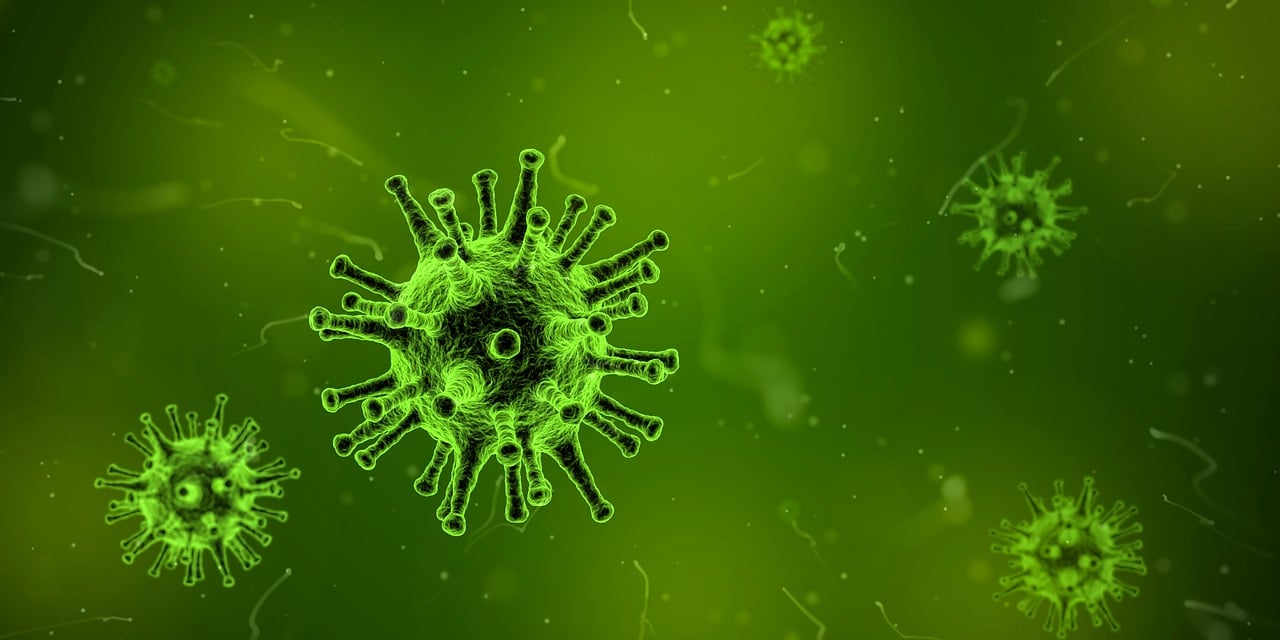The Epstein-Barr virus is responsible for a variety of illnesses, including some types of cancer. Researchers from the University of Basel and the University Hospital Basel published the study details in the journal Science that new data indicates that blocking a particular metabolic route in infected cells might reduce latent infection and, consequently, the risk of downstream illness.
Pathologists Anthony Epstein and Yvonne Barr reported the discovery of a virus exactly 60 years ago, which has held their names ever since. Being the first virus to be shown to cause cancer in people, the Epstein-Barr virus (EBV) made scientific history. This member of the herpesvirus family was identified by Epstein and Barr from tumour tissue, and they went on to show in other tests that it could cause cancer.
90% of the adult population is infected with EBV, which often causes no symptoms or sickness. Most individuals are carriers of this virus. Although many people don’t get it until puberty, about 50% have it before the age of five. Acute viral infection can result in glandular fever, popularly referred to as “kissing disease,” which renders affected people immobile for several months. Apart from its carcinogenic characteristics, the virus may also have a role in the onset of autoimmune disorders like multiple sclerosis.
Neither a medication nor a licenced vaccine can presently effectively block EBV from entering the body. Recently, a study team from the University Hospital Basel and the University of Basel has announced a promising first step in stopping EBV.
Their results have been published in the journal Science.
Researchers from the Department of Biomedicine, under the direction of Professor Christoph Hess, have figured out how EBV-infected immune cells, or “B cells,” are reprogrammed. This process, referred known as “transformation,” is required for the infection to persist over time and lead to later illnesses like cancer. In particular, the researchers found that the virus causes the infected cell to produce more of the enzyme IDO1. In the end, this causes the mitochondria, the power plants of infected cells, to produce more energy. Thus, the enhanced metabolism and rapid multiplication of B cells that have been transformed by EBV require this extra energy.
From a clinical perspective, the researchers concentrated on a subset of patients who had received organ transplants and thereafter had blood malignancy caused by EBV. To avoid organ rejection following transplantation, anti-tumour immunity must be weakened by medication. Consequently, this facilitates EBV’s ability to take control and develop post-transplant lymphoma, a kind of blood cancer.
The researchers were able to demonstrate that EBV upregulates the enzyme IDO1 months before post-transplant lymphoma was identified in their recently published work. This discovery might aid in the creation of disease biomarkers.
Previously, IDO1 inhibitors have been developed in the hope that they could help to treat established cancer — which has unfortunately turned out not to be the case. In other words, there are already clinically tested inhibitors against this enzyme,
Christoph Hess
Also Read| Recurring COVID-19 vaccines produce antibodies that fight off other viruses and their variations.
As a result, this class of medications may now be given another opportunity in applications meant to lessen EBV infection and hence treat disorders linked to EBV. IDO1 inhibition with these medications decreased B cell transformation and, consequently, the viral load and lymphoma growth in mouse tests.
Source: University of Basel News
Journal Reference: Müller-Durovic, Bojana, et al. “A Metabolic Dependency of EBV Can Be Targeted to Hinder B Cell Transformation.” Science, 2024, https://doi.org/adk4898.
Last Modified:






